
In the early hours of July 11, 2025, Russia’s air defenses were overwhelmed by one of Ukraine’s biggest drone assaults since the war started. Russian officials said they intercepted 155 drones across seven regions, with at least 11 shot down over Moscow Oblast.
Residents heard explosions southeast of Moscow near key industrial zones as fragments rained down. The nighttime attack showed that Ukraine’s drone operators can now reach deep into Russian territory, though officials withheld the operation’s full details.
By sunrise, images of smoke and craters near Moscow’s outskirts confirmed that the strikes had broken through multiple Russian defense layers.
Penetrating Moscow’s Shield
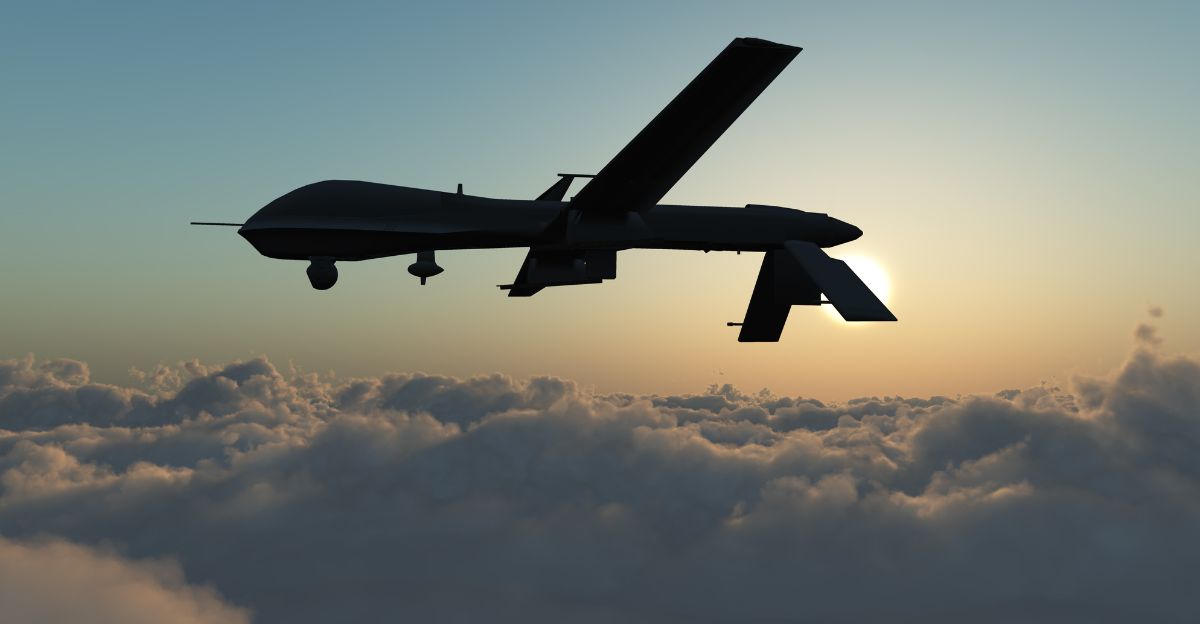
Ukraine’s drones now reach targets more than 600 kilometers inside Russia, places once considered secure rear areas. Since last year, Ukraine has conducted over 130 long-range drone missions that hit nearly 400 targets across Russia, including oil refineries, depots, and airbases.
This represents a major strategic shift: instead of attacking only supply lines close to the front, Ukraine now targets the factories and refineries that feed Russia’s war effort.
Despite Moscow’s claims of frequent interceptions, analysts say not even its best systems stop every drone. The question for Russia’s military leaders is which critical target might fall next.
Ukraine’s Drone Revolution
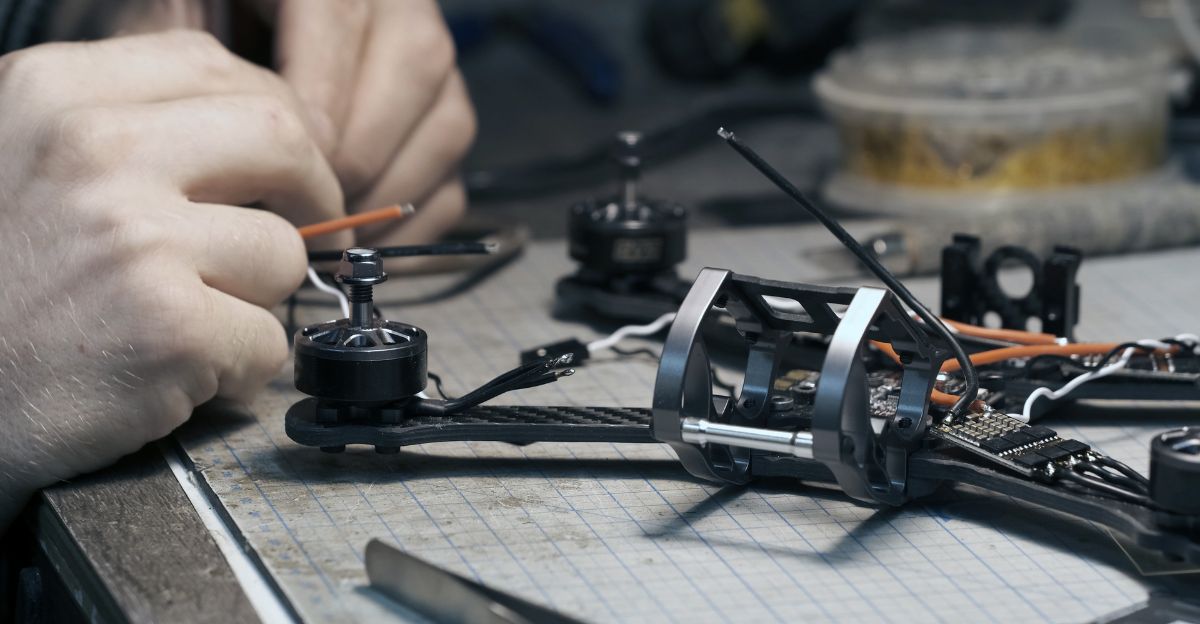
Ukraine’s drone industry has exploded since the war began. In 2021, just a handful of companies made drones; by 2025, there were roughly 500 manufacturers, producing over 2 million units in 2024 alone.
The monthly output of smaller FPV drones increased from 20,000 early in 2024 to 200,000 a year later. Ninety-six percent of drones used by Ukrainian forces now come from domestic factories, marking a significant shift away from reliance on Chinese imports.
Production happens everywhere, driven by necessity and innovation. Government targets call for 4.5 million drones annually, making Ukraine the world’s largest producer of small battlefield drones.
Moscow’s Weakening Defenses

Russia’s sprawling air defense system is buckling under constant pressure. Ukraine’s early strikes hit few targets, but by 2025, their success rate had nearly doubled, and their tactics had matured.
Swarm attacks, radar evasion techniques, and high-altitude approaches now overwhelm Russia’s defenses. These attacks have significantly reduced Russia’s oil refining capacity, with nearly 30% of the capacity offline, resulting in widespread fuel shortages and high prices nationwide.
Moscow has placed air-defense cannons on rooftops and flooded the skies with GPS jamming signals, which sometimes interfere with civilian flights. Yet drone attacks continue daily, slowly exhausting Russia’s interceptor missiles and manpower.
Aviation Complex
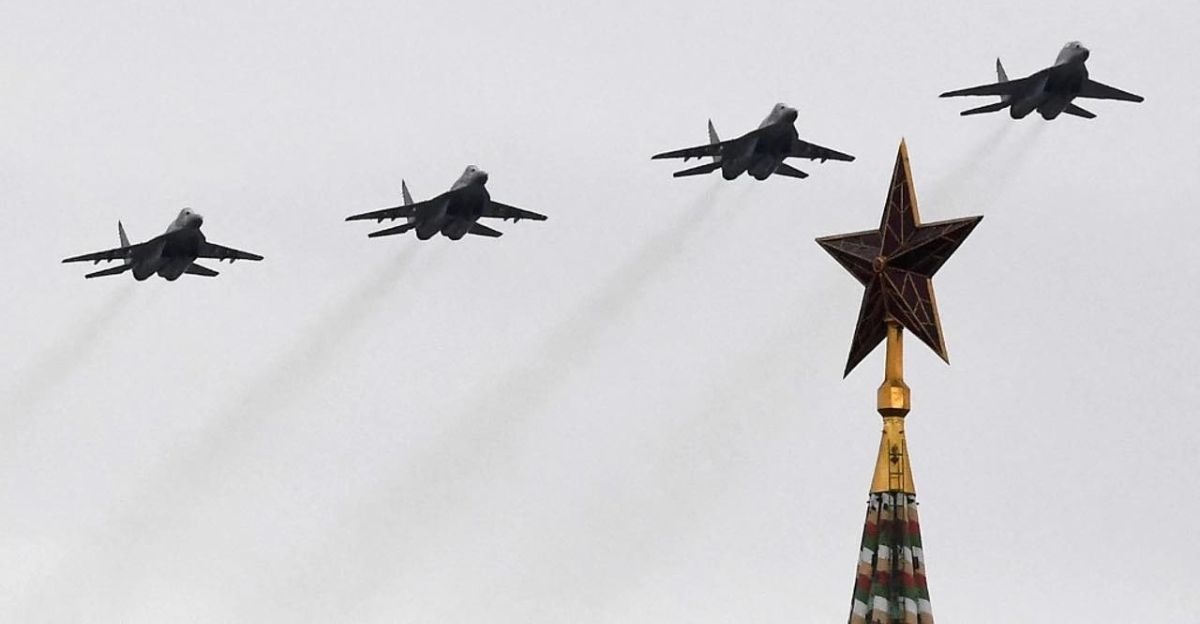
The main target of the July 11 strike was the Lukhovitsy Aviation Plant, one of Russia’s most important defense factories located 110 kilometers southeast of Moscow.
Ukrainian drones hit part of the facility, damaging a compressor station and collapsing part of a wall. The plant builds and upgrades MiG-29 and MiG-31 fighter jets and even tests prototypes for Russia’s next-generation frontline fighter.
It’s also involved in modernizing Russian UAVs like the Shahed drones used against Ukraine. The attack didn’t cause casualties but disrupted a key site that keeps Russia’s air fleet and drone projects running.
Coordinated Industrial Assault
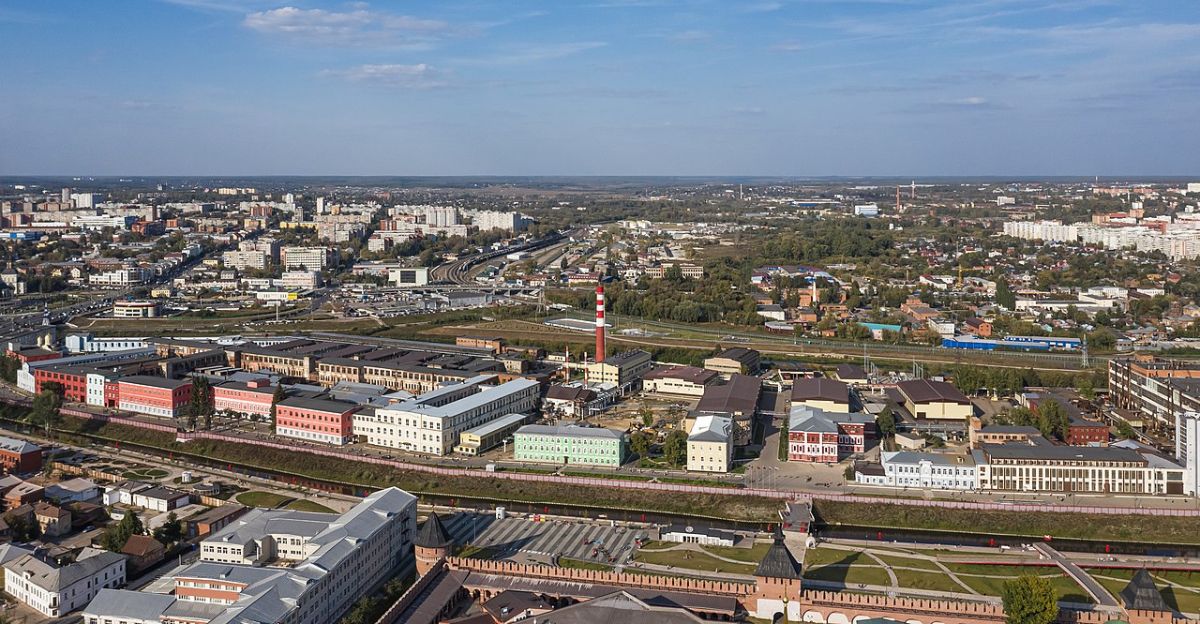
The Lukhovitsy strike was only part of a multi-target assault that night. Ukrainian drones also attacked the Kronstadt facility in Dubna, which is Russia’s top drone factory, and defense plants in Tula that manufacture air defense and missile components.
Russian officials confirmed at least one death and one injury in Tula. The simultaneous strikes forced Russia to spread its defenses thin across vast distances, exposing gaps in its defenses.
Military analysts say this wave demonstrated Ukraine’s growing ability to target multiple high-value targets in a single, coordinated operation.
Behind Enemy Lines
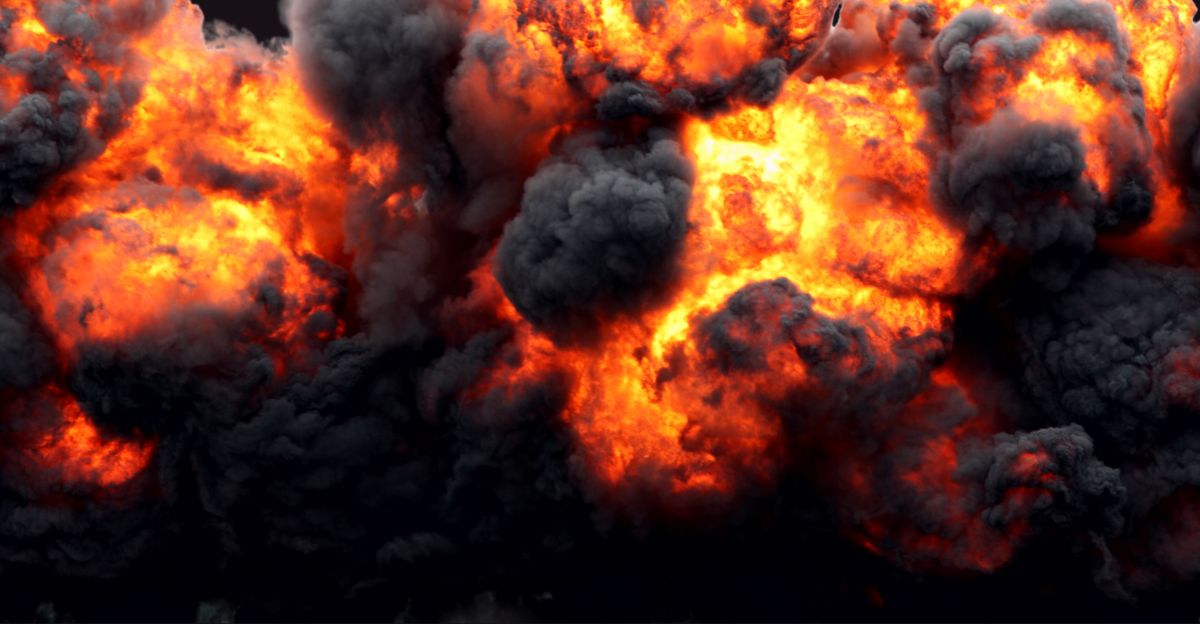
Residents near Lukhovitsy woke to explosions around 1 a.m. and flooded local social media with videos of glowing skies and shockwaves.
Hours later, Ukraine’s Center for Countering Disinformation confirmed the strike, explaining the plant’s importance in producing and modernizing MiG fighters. Russian emergency services said there were no casualties, attributing the limited harm to the precision of Ukraine’s timing—it struck when most workers were gone.
Moscow’s defense ministry later announced that 11 drones had been destroyed, though that didn’t account for those that hit their targets.
Russia’s Production Bottleneck
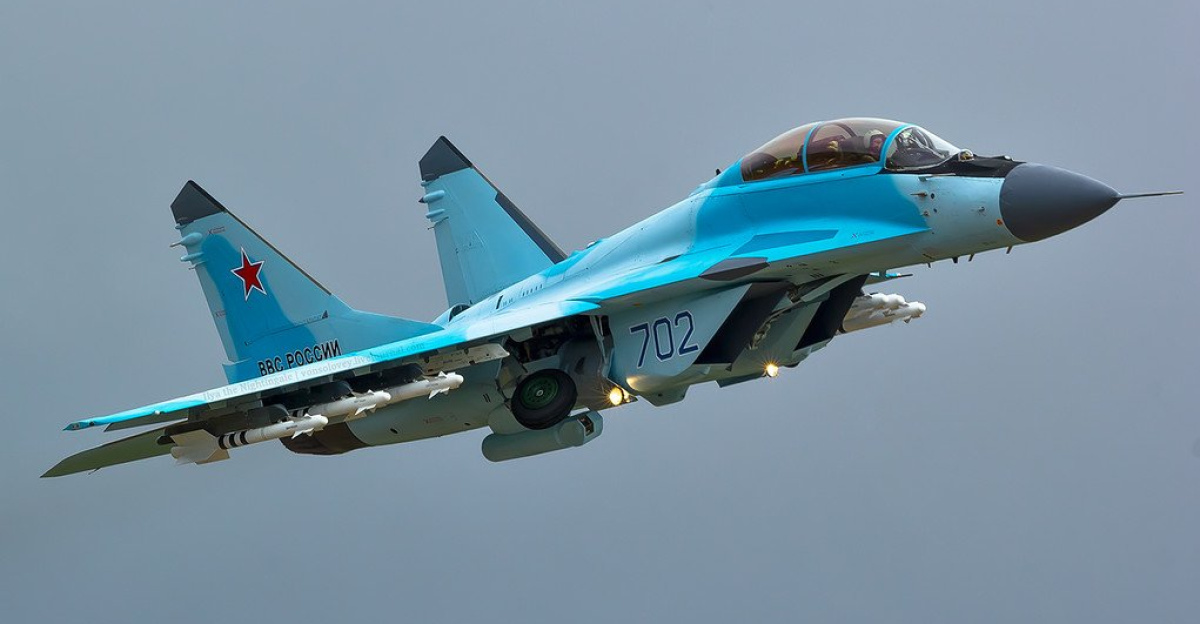
Russia’s fighter-jet industry is in decline. In 2024, its factories produced only 24 combat aircraft, barely enough to replace wartime losses.
Analysts estimate that of Russia’s 1,200 tactical fighters, over 500 are nearing the end of service life. Many older MiG models are outdated or irreplaceable, and the MiG-31, needed to launch hypersonic Kinzhals, hasn’t been produced since the 1990s.
While Ukraine’s strikes on plants like Lukhovitsy don’t just delay new jets, they also threaten to cripple Russia’s entire modernization pipeline, leaving its air force reliant on aging, fragile platforms.
The Shahed Threat Evolves
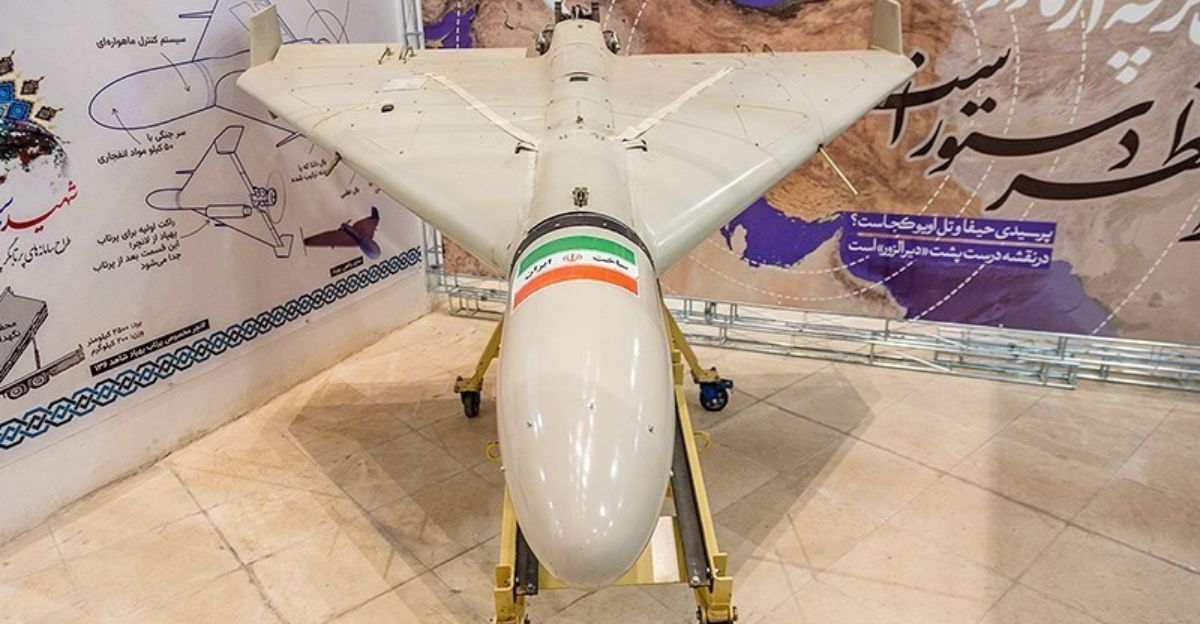
Ukraine’s military intelligence says Russia manufactures around 2,700 Shahed-type drones per month at the Alabuga facility in Tatarstan—far exceeding Western nations’ output.
These Iranian-designed drones now feature Russian upgrades, including AI-assisted navigation, heat-seeking cameras, and anti-jamming technology that enables them to evade defenses. Some can even select targets autonomously.
Lukhovitsy contributes to this process by upgrading imported parts, turning basic drones into powerful semi-autonomous weapons. Ukrainian officers warn that these “AI predators” can make decisions mid-flight and strike without guidance—a technological leap with dangerous consequences.
The Kinzhal Vulnerability
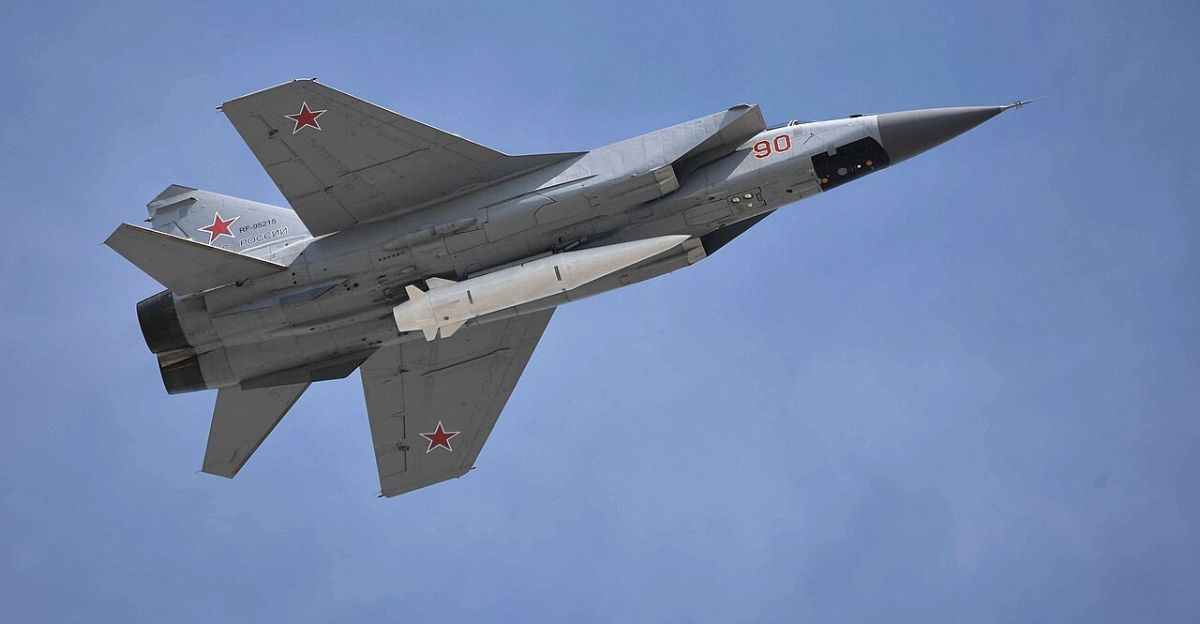
Ukraine’s strike also threatens Russia’s hypersonic missile capabilities. The MiG-31 interceptors that fire Kinzhal missiles are critical to Moscow’s strategy, but only about 120 remain operational.
Since Russia no longer builds new ones, maintenance is key, and Lukhovitsy is one of the few factories equipped to refurbish or extend the lifespan of these machines. Disabling this plant delays not only fighter production but also repair work essential to keeping Russia’s Kinzhal fleet ready.
The loss jeopardizes one of Putin’s most fearsome weapons systems and narrows Russia’s long-range strike options.
War Economy Strains
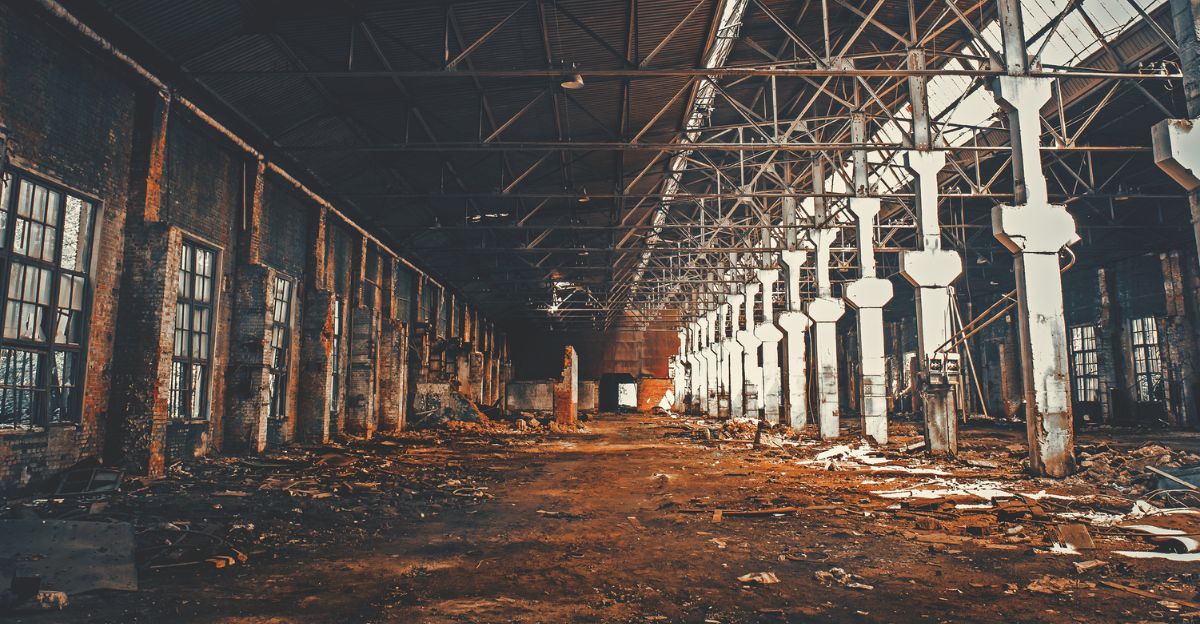
Russia’s wartime economy is showing major weakness. Sanctions on Western components have slowed industrial output, and state companies, such as Rostec, have missed their aircraft production goals by wide margins.
Delivery targets for 2024–25 dropped from 171 aircraft to just 21. Factories have reduced workweeks, and engineers complain about dwindling parts imports. Civilian aircraft production has nearly stopped.
Strikes, such as those in Ukraine, add to these pressures, further delaying production lines that are already struggling under sanctions, inflation, and labor shortages.
Aviation Heritage Targeted
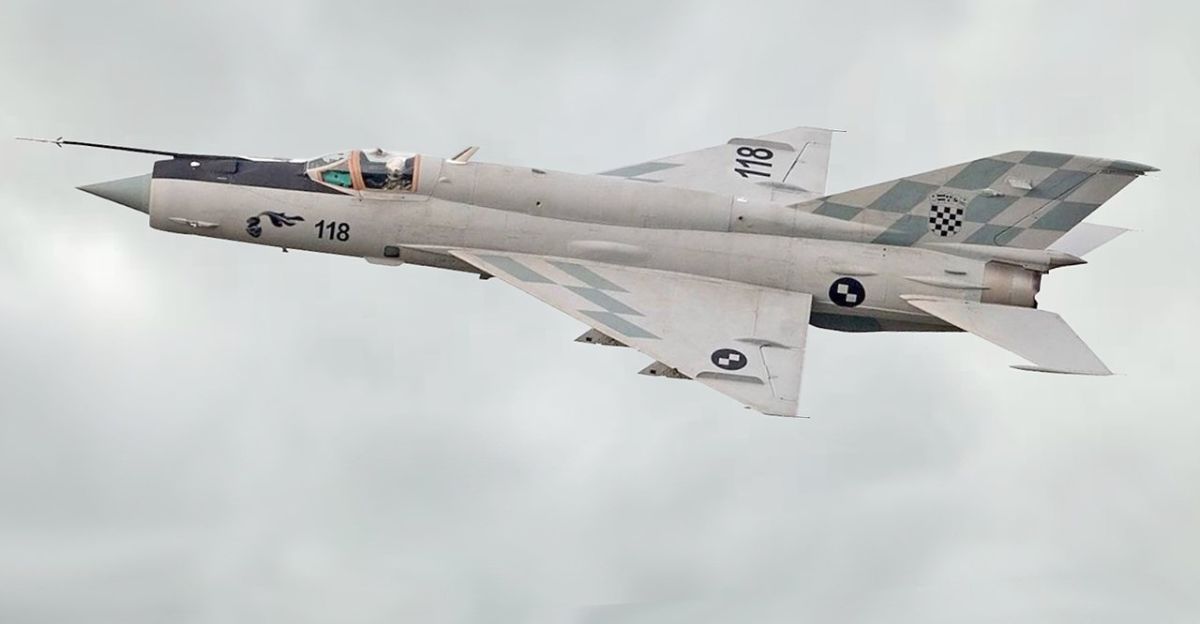
The Lukhovitsy plant has a long history. Founded in 1953, it became one of only four facilities capable of producing advanced Russian fighters.
Over decades, it manufactured aircraft from MiG-21s to carrier-based MiG-29Ks and handled necessary testing, assembly, and modernization projects. Engineers here have also worked on civilian planes, such as the Il-103.
Destroying or damaging such a plant undermines decades of expertise and slows new weapons development—a key reason Ukraine targeted it as part of its strategy to hurt Russia’s industrial base.
Deep Strike Doctrine
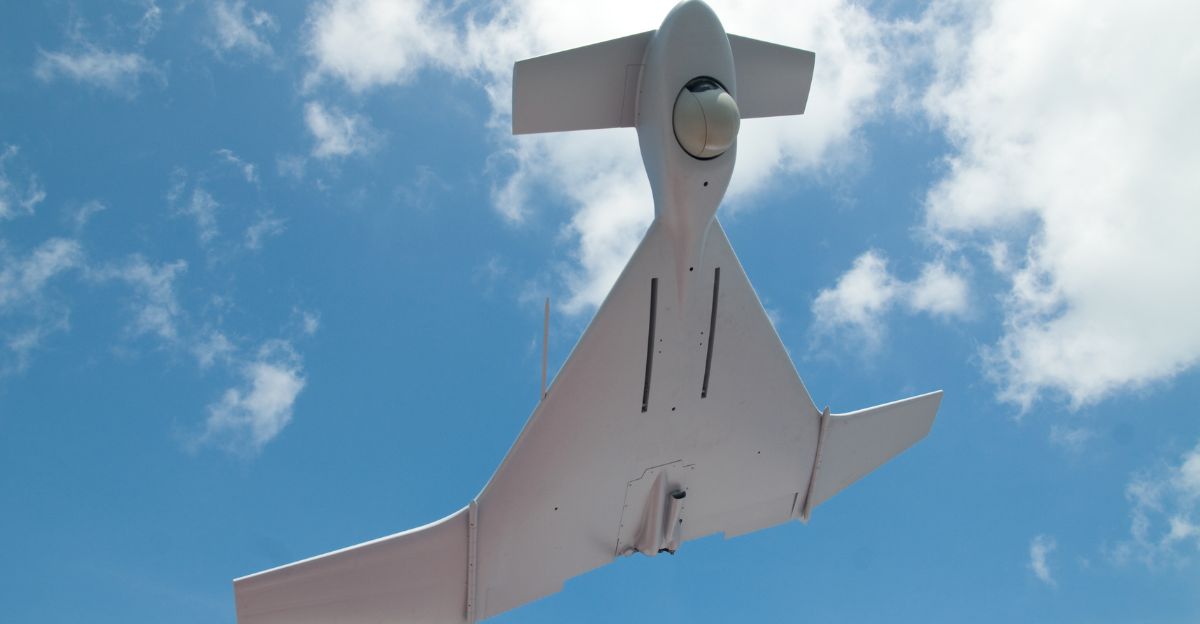
Ukraine’s long-range drone and missile strategy has become more defined: hit command sites, strike defense industries, and cripple energy systems.
Vadym Skibitskyi of Ukraine’s military intelligence described these as “long-range sanctions,” designed to pressure Moscow by weakening the foundation of its war machine. New drone models like “Flamingo” are reportedly capable of traveling up to 1,500 kilometers—enough to reach factories deep in the Ural Mountains.
The idea is to shift Russians’ experience of the war from distant news to local reality, forcing the Kremlin into negotiations through sustained economic and psychological pressure.
Uncertain Impact

Despite dramatic footage from the strike zone, exact damage assessments remain unclear. Russian officials haven’t released photos or damage reports, and independent satellite imagery hasn’t yet surfaced.
Analysts believe the compressor station hit at Lukhovitsy powers key assembly equipment, but can’t confirm how badly production was affected.
Ukraine’s military confirmed fires at the site but avoided claiming destruction, indicating that the attack’s symbolic and psychological effects may equal its physical ones. For Russia’s defense industry, even temporary disruptions cause cascading delays.
Innovation Under Fire
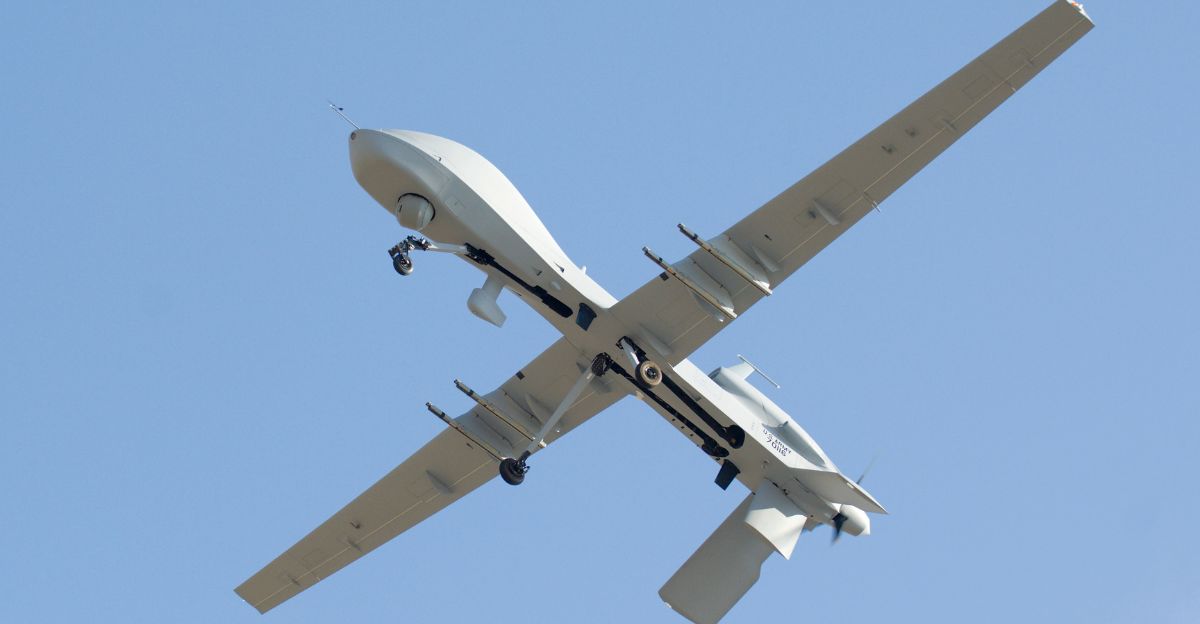
The Lukhovitsy raid demonstrates how the war’s center of gravity is shifting. Instead of fighting mainly at the front, Ukraine is now attacking the backbone of Russia’s military-industrial system.
Each successful strike weakens Moscow’s ability to replace losses, modernize jets, and produce new drones. Some analysts believe a sustained campaign could render Russia’s 2026 fighter production entirely obsolete.
Others warn Moscow might adapt, spreading its facilities further east or switching to new tactics. Whatever the outcome, the July 11 attack showed how drones have become the decisive weapons of this phase of the war.
Ukraine’s ability to keep striking deep inside Russia will shape not only who controls the battlefield but also who defines the future of modern warfare.